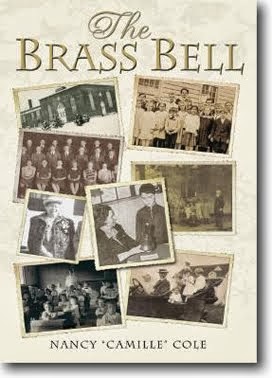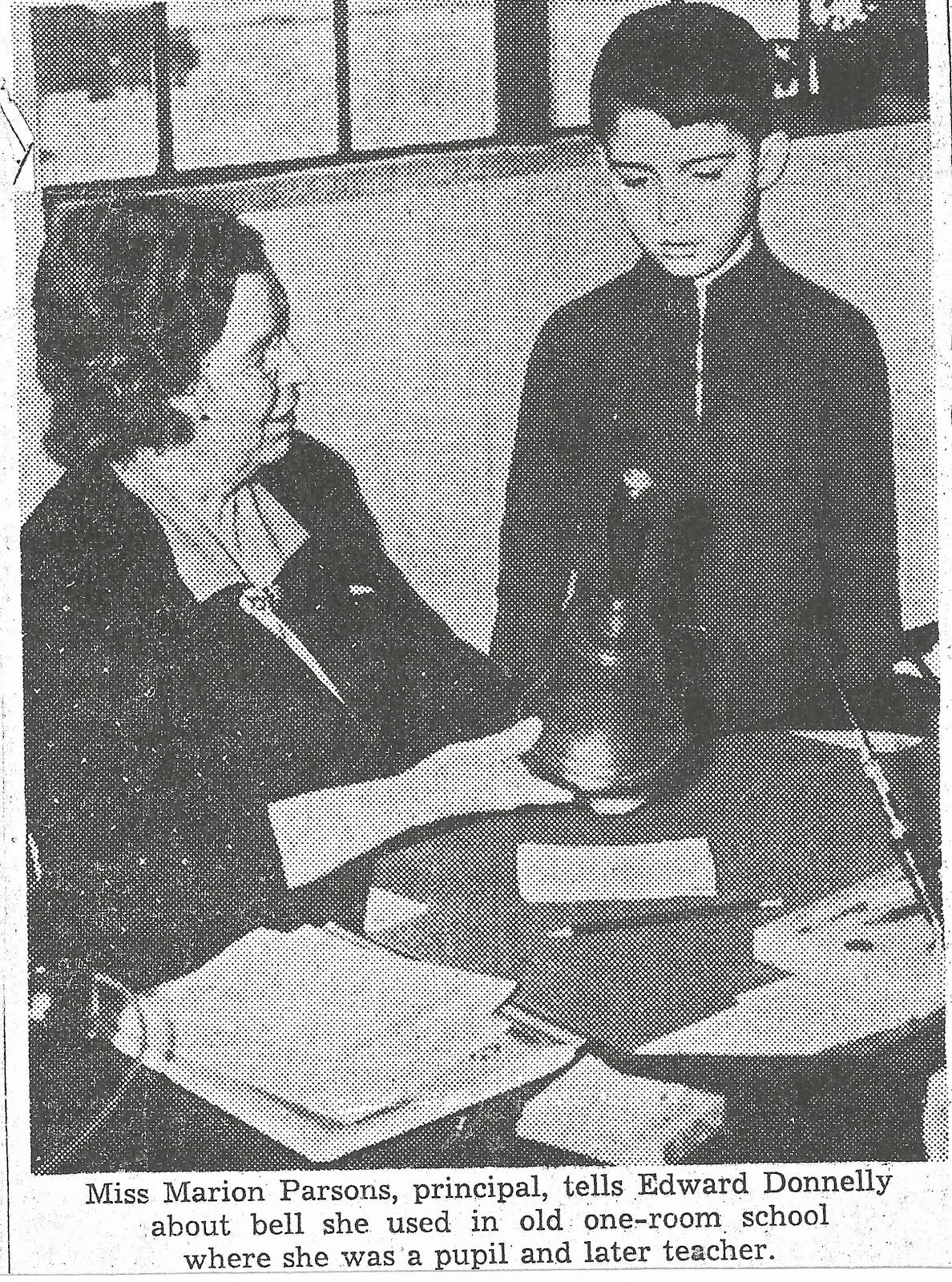 Almost every city in the United States has what became known as "suburbs" during the post-war housing boom of the 1950s. Most of these 'suburbs' were at one time farmland--dairy farms, apple orchards, cattle ranches.
Almost every city in the United States has what became known as "suburbs" during the post-war housing boom of the 1950s. Most of these 'suburbs' were at one time farmland--dairy farms, apple orchards, cattle ranches.Cherry Road School grew from a one-room schoolhouse in a farm community called Westvale. The area had been settled during the 1800s by several families. Over time, as their children grew up and had families, they stayed close by and built farms of their own. The barn in the picture above was the Jerome Dairy barn. The Jerome family lived and farmed in Westvale. Many of the farms in Westvale were able to survive for a while as the city grew around them. A vivid memory of my 1950s childhood is Van Jerome delivering fresh milk in the morning, glass bottles clanging as he placed them inside the tiny milk door in the kitchen. You could hear him whistling all the way back to his milk truck.
Eventually the Jerome dairyfarm, too, would have to make way for shopping malls, neighborhoods, freeways, more schools....During the second half of the 20th century, a lot of the landmarks and the familiar faces of Westvale disappeared in the name of progress. The Jerome barn came down in the late 1960s to make way for Route 695. The new road cut a swath through fields where cows and horses once grazed lazily, where children delighted to ride on the backs of big wide workhorses, help pitch hay in the barn, watch Ned Jerome hard at work running the dairy started by the family in the 1920s.
Just up the road, prior to the 1920s, my great grandfather,Willis Parsons turned a dirt farm into prime orchards. He began his work in earnest during the 1890s. Eventually his farm would be parceled off to create one of the early neighborhoods of western Syracuse. His foray into real estate came about not because he lost interest in growing prize fruit, but because he could no longer make a living doing so.
In a Syracuse Post Standard article dated 1917, titled: County Fruit Growers will Inspect Orchards, the writer notes that, "...the Onondaga County Farm Bureau will devote most of next Saturday to an inspection trip....The party will assemble at 10 o'clock at the farm of President Willis Parsons on the West Genesee Street road and spend the balance of the afternoon looking over his orchard." The story continues, "The Parson's orchard is a remarkable one of young trees of apples, cherries plums, and other fruits."
What is left of the cherries today is a street called Cherry Road, and a school named Cherry Road School. The most interesting part of the story is what the sons and daughters of the Jeromes and the Parsons and other Wesvales families did to guide their families through an economic crash and a great war.
That tale will be told, in part, in The Brass Bell.
There are many stories about Westvale, Solvay, Geddes, Fairmont, Camillus--small communities clinging to the western boundary of a small American city, just past the New York State Fairgrounds. This one reveals a cherry orchard, a hen house, a school teacher, and a handful of children eager to learn, eager to live up to handed-down farm values, eager to be part of a community.




